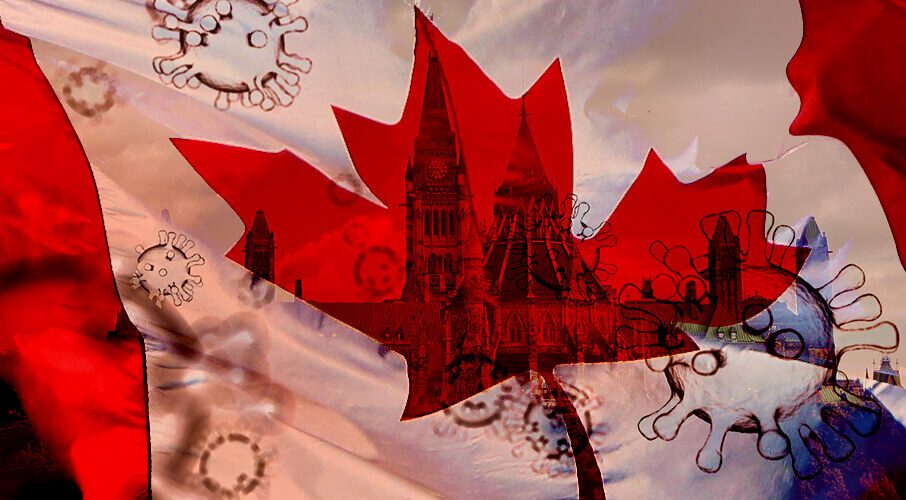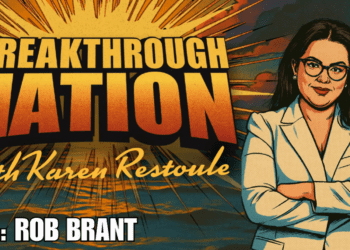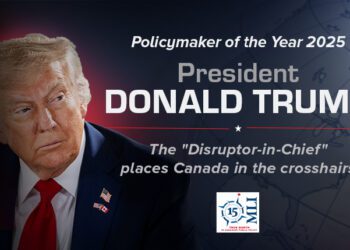 The ’90s deficit fighting solution of downloading won’t have the same impact this time. Federal spending and size of government need to be addressed, and politicians, not the public service will have to make the hard choices and take the risks, writes Donald Savoie.
The ’90s deficit fighting solution of downloading won’t have the same impact this time. Federal spending and size of government need to be addressed, and politicians, not the public service will have to make the hard choices and take the risks, writes Donald Savoie.
By Donald Savoie, May 6, 2020
Governments will soon be dealing with a COVID-19 hangover. The day when governments come up for air, they will see that their budgets are a wreck – revenues are collapsing while expenditures are growing through the roof.
Government debt as a percentage of GDP is fast approaching mid-1990s levels when, it will be recalled, Ottawa launched an ambitious program-review exercise that generated sweeping spending cuts. There is, however, an important difference this time. In the mid-1990s, baby boomers were in the prime of their careers and highly productive. Today, Canada has a fast-aging and less productive population that is putting more pressure on our health care facilities, and generating more demands on expenditure budgets.
Ottawa has led the way in coming up with measures to attenuate the sting of economic misfortunes flowing from the COVID-19 economic shutdown. The federal government will also have to show the way in redefining the role of government, starting with its own.
There is a consensus emerging that federal public servants need to learn to take risks to help in redefining the role of government, and better managing the difficult economic challenges brought on by the response to COVID-19. Indeed, even a number of former federal public servants are now making this call, including recently a former clerk of the Privy Council and former Treasury Board Secretary.
However, this idea is fraught with danger – public servants deal with public resources and have no constitutional mandate to take risks. If we should ask them to take risks, then we will need to overhaul accountability requirements and take a fresh look at the growing number of oversight bodies always at the ready to provide fuel for the blame game.
If public servants are expected to take risks, they will also be expected to take responsibility before Parliament when things go off the rails. It would also allow politicians to take credit when things go well and point fingers at public servants when things go bad, thus turning career officials into political actors. That would spell the end of a professional career civil service.
Politicians on the government side will need to strike all key decisions and assume the risks in the post-COVID-19 world. The mid-1990s program review exercise undertaken by the Chrétien government offers few lessons learned for what lies ahead. A good chunk of the cuts then came from transfer payments to the provinces and regional programs. It only takes a moment’s reflection to appreciate why it is easier politically for federal politicians to download cuts to provincial governments and why, at least from an Ottawa perspective, it makes sense to cut into regional programs.
But there is a price to pay. Canada now has the highest level of sub-national debt in the world. I suspect that if Ottawa had told the provinces in the 1960s that the federal share of funding medicare would in time go from about 50 percent to 24 percent, most provincial governments would have told Ottawa, “no thanks!” Given that the fiscal burden that medical care places on provincial governments will only become more demanding given the country’s fast-aging population, not to mention the impact of the coronavirus pandemic on provincial health systems, Ottawa has no room left to cut its share of funding for medicare. If it does, it will surely be the end of medicare.
And medicare is hardly the only case where the federal government enticed the provinces to enter a policy field – see numerous examples in education and economic development – only to cut and run a few years later, leaving provincial governments holding the bag. This time Ottawa will need to look to its own activities to make spending cuts. These decisions belong to politicians – no one else – and they will discover that unveiling cuts requires spending political capital.
This is not to suggest that the federal public servants can wash their hands of the tough task ahead. They play an important advisory role. They are responsible for managing government operations and they have a lot to answer for.
The federal public service, notably the Ottawa component, has done very well through several program review exercises. It has grown substantially in size for reasons that have never been clear. In 2000 the size of the federal public service was 211,975 employees, and in 2019 it was 287,978. This rapid growth has occurred despite the fact that it is the provinces that deliver labour-intensive public services such as health care, education and social services, and despite an ambitious program review launched by Stephen Harper’s government that sought to reduce the size of the public service.
I would invite readers to take a look at the many levels of management in all departments in Ottawa. The public service has also proven incapable of dealing with non-performers. It remains that when asked to take on new activities, they invariably ask for new resources rather than look at re allocating existing resources.
Many Canadians believe that cuts can be made to the overhead cost of government while having a minimum impact on their communities.
To be sure, the impact of COVID-19 is not limited to the private sector. Politicians will need to strike very difficult decisions and sell them to Canadians. Federal public servants should not be expected to take risks but they should be expected to come to terms with the fact that the overhead cost of the federal government is out of whack with what is required to deliver the necessary programs and services to Canadians.
Donald Savoie holds the Canada Research Chair in Public Administration and Governance (Tier 1) at the University of Moncton/Université de Moncton. He is a Distinguished Fellow with the Macdonald-Laurier Institute.




